Your Amazon product page is your book’s final sales page. It is the page that will ultimately dictate which browsers become readers. That means, you need to make it as inviting as possible–you want to optimize your page and draw in more sales and ‘one-click buys.’ After all, authors are always looking to level up their book marketing strategy.
Luckily, Amazon does a lot of the technical work for you. If you were to create a sales page on your website, you’d have to do all the positioning and testing to see what works. When you sell on Amazon, they tell you which elements to fill out, and place everything strategically to encourage conversion.
Just look at what’s above the fold on a regular sales page (above the fold means visible without having to scroll down). The book cover is on the far left, the title and description are in the middle and the buy button is on the right. That layout doesn’t happen by accident.
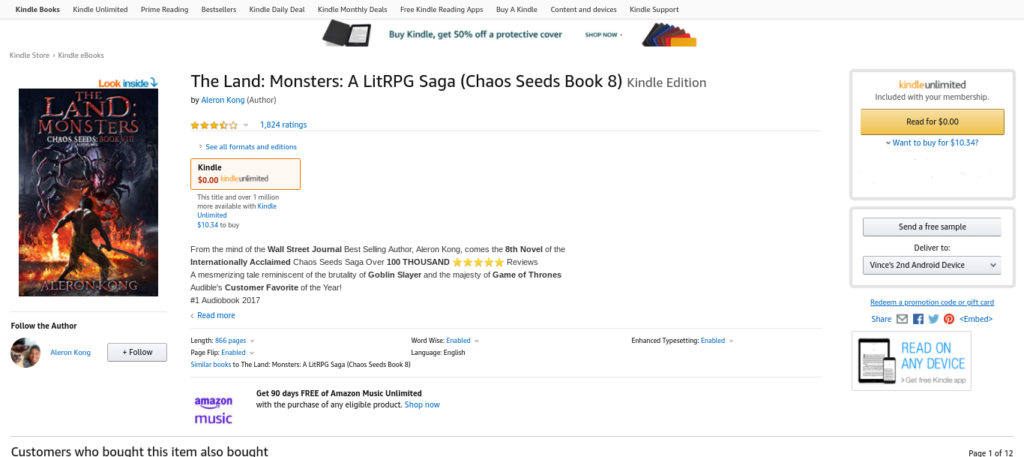
While Amazon has done a lot of the technical work for you, the rest is up to you. In this article, we’ll look at how you can encourage higher conversion rates by optimizing your sales page.
1. Research Your Genre and Choose a Category
The first thing you’ll need to do is spend some time researching other books in your niche. What works in one particular category won’t work in another.
Identify the best category for your story, whether it’s sci-fi, fantasy, urban fantasy, mystery or romance–the list goes on. Once you’ve found a suitable category, start browsing the best-selling books and note what makes them successful. Look for consistency between titles. If, for example, six of the top 10 books have similar titles, take note of it.
A few key areas to study are:
- Number of reviews
- Length and quality of book description
- Cover design
- Book titles
Do this for every genre you write in, as they’re all different. However, when doing your research, pay less attention to the books that are obviously new. For example, when I checked out the Humorous Science Fiction category I noticed that the number one book only has two reviews.
And sure enough, when I clicked through, the book was published three days earlier. Being a brand new book, it’s likely the author of Buzzkill is running new-release promotions, hence the jump in sales and rank. While this book may perform really well over the long term, that’s not a metric you can measure right now because the book has just been published.
But you can measure that with some of the older books that are maintaining their position on the charts. So, pay more attention to the books that are a few months or years old. They’re the books that are selling day in and day out.
Once you’ve researched your category and genre, you have the information necessary to follow the next steps.
2. Find Keywords that Readers are Searching for
A sure-fire way of connecting with potential readers (and drawing more eyes to your books) is using keyword research to find phrases that buyers type into Amazon when shopping.
You can do this by the following method:
- Use incognito mode on your browser (to make sure results aren’t altered by your browsing history).
- Find a phrase–or sentence starter–that relates to your book.
- Choose ‘Kindle Store’ as your Amazon category and start typing in your chosen phrases. Amazon’s search bar will then give you search suggestions.
- Write down Amazon’s suggestions.
- If there are suggestions you like you can add a letter to the end of the sentence and see what searches are suggested
The reason this method works is that Amazon bases its ‘suggested searches’ off what other shoppers have typed in when searching for books. If you want to go deeper and find sales numbers for books and keywords, here’s a straightforward guide on how to do your own keyword research.
Or there’s Publisher Rocket that does all the Amazon keyword research for you in seconds (and provides advanced metrics you won’t get manually).
Once you’ve got a list of keywords, you can use them in a bunch of ways:
- Include them in book titles
- Include them in subtitles
- In your Amazon meta keywords
- In your book description
- In your marketing and promotion
- As Amazon advertising keywords
Keep your keywords on hand for the next step!
3. Rewrite Your Book Description
Your book description is the equivalent of sales copy for a regular sales page. For fiction authors, follow the structure from Byan Cohen’s book, How to Write a Sizzling Synopsis. The book goes over the four things you need in a book description.
- A tagline. Amazon only displays a line or two of text before offering a ‘read more’ link to display your full book description. You’ll want something that intrigues the reader and compels them to keep reading.
- A short, present tense summary that demonstrates the plot’s best selling points. Don’t go over the top, but quickly go over the most interesting aspects of your story. Just enough to make sure your potential reader knows the book is right for them.
- A selling paragraph. Use power words and sales techniques to actually ‘sell’ your book instead of just talking about it. I know it can be hard to talk-up your own work, but it is important to do so here.
- A call-to-action or ‘CTA.’ A final push encouraging the potential reader to buy.

The book description above has some added elements like headings and underlines, which you can add to your description too. To do this, just use regular HTML formatting as you would online, or, you can also use a free tool to convert your paragraphs into the appropriate format.
When rewriting your book description, use those keywords you researched above. This will optimize it and draw in more readers who are looking for books just like yours.
4. Optimize Your Book Title
There are two things that must work together to get your potential customer to click through to your sales page–your book title and cover.
Even though it isn’t technically in your book, your title is one of the most important parts of your book.
Here’s an example of what the right title can do for a book’s sales. It comes from the successful publisher, Emanuel Haldeman-Julius.
Original Title: Mystery of the Iron Mask
Original Title’s Sales: 11,000/year
New Title: The Mystery of the Man in the Iron Mask
New Sales: 30,000/year
Literally, all the publisher had to do with the book was add three words to the book’s title and it nearly tripled in sales. How’s that for a good ROI?
So how do you choose the right title for your story?
Good titles will:
- Fit into your genre–this is where your previous study of the best-sellers comes in
- Be easy to say and to remember
- Potentially use a relevant keyword
As The Mystery of the Man in the Iron Mask demonstrates, you don’t have to get your title right on the first try. So don’t feel as though you’re locked into a title forever.
5. Ensure Your Cover Fits the Market
Your book cover plays a huge role in getting potential customers to click through to your sales page. Once again, market research comes into play here. Earlier, we looked at the best Humorous Sci-Fi books for competition research.
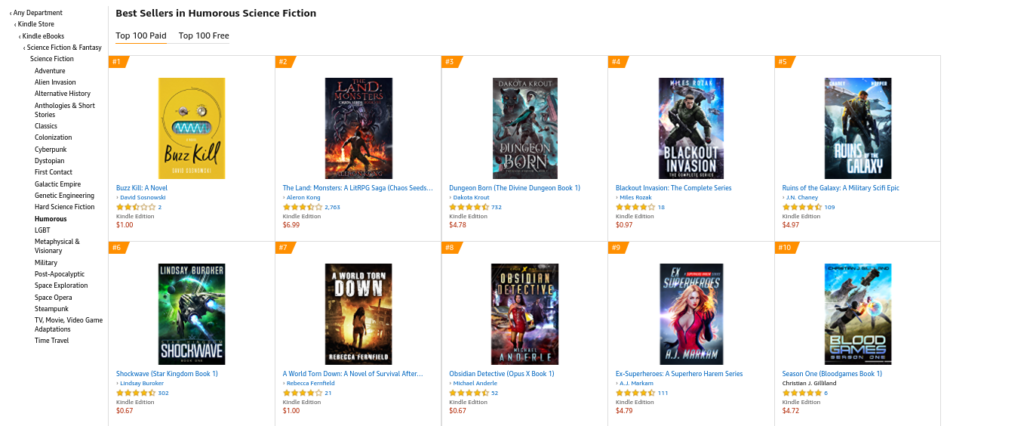
Besides the first book–which we decided was too new to take into consideration–do you notice anything similar with the top-selling covers?
Most of the book covers have a central character front and center (one has a spaceship). There are two strong color combinations in the covers too, either a black and blue, or black and red/orange/yellow.
Already, just by looking at the top ten books in this category, you’ll start developing a rough idea of which elements you could include in your cover. While conducting research for your book, look at the top 100 books in the category and make notes on what is consistent throughout the covers. Then, make some changes.
Final Thoughts
To get the most out of your book’s sales page, you’ll have to make sure your cover, title, keywords, and book description are all working together to sell your book to potential readers. You don’t want them to click away. So don’t just focus on the parts; focus on how they fit together and the experience they create for the shopper.
Cheers!
SPR also offers an optimization service for Amazon Book Pages. Learn more here.
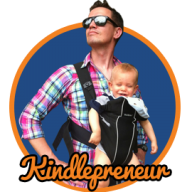 Dave Chesson is the creator of Kindlepreneur.com, a website devoted to teaching advanced book Marketing which even Amazon KDP acknowledge as one of the best by telling users to “Gain insight from Kindlepreneur on how you can optimize marketing for your books.”
Dave Chesson is the creator of Kindlepreneur.com, a website devoted to teaching advanced book Marketing which even Amazon KDP acknowledge as one of the best by telling users to “Gain insight from Kindlepreneur on how you can optimize marketing for your books.”Get an Editorial Review | Get Amazon Sales & Reviews | Get Edited | Publish Your Book | Enter the SPR Book Awards | Other Marketing Services


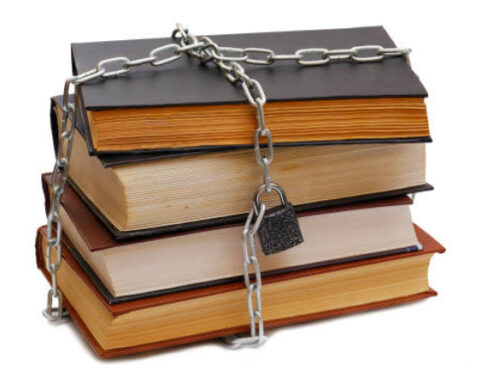



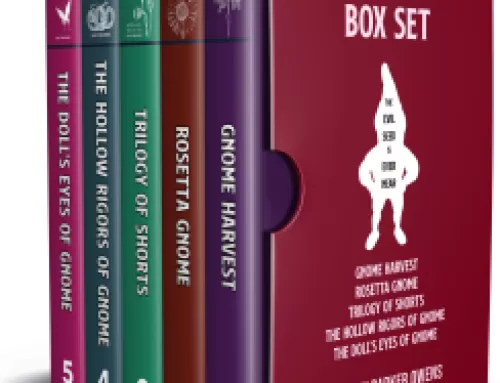

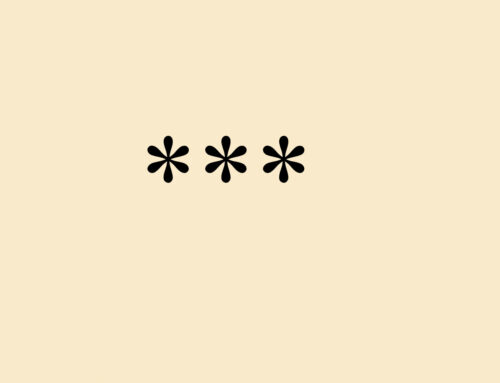
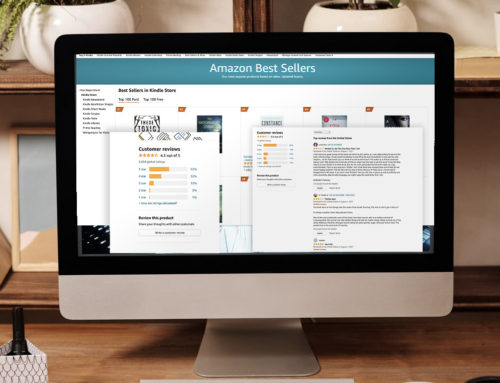





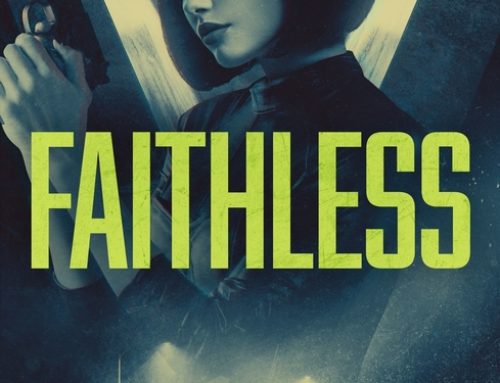

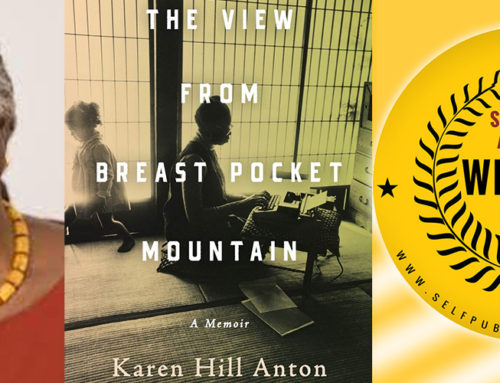
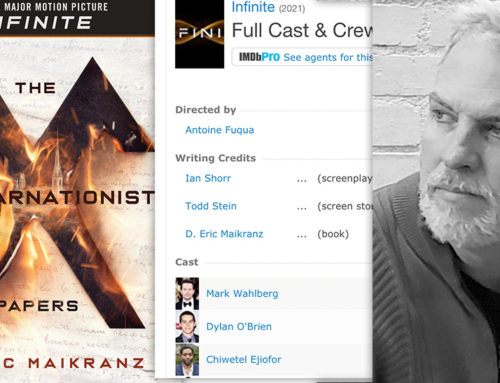



As part of the amazon book description section can I legally reference other similar books or authors? Kinda help possible clients have an idea what kind of book it is. For example, could I add the following paragraph?
Armilus is a Grimdark Fantasy novel about a simple woodsman thrust into a new world full of chaos and the immortals bent on hunting him down. If you wanted a darker Witcher or enjoy the writing of Joe Abercombie, then Armilus is the perfect Grimdark Fantasy for you.
Thanks
Yes, of course!